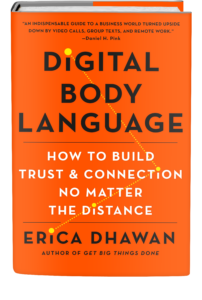On September 15, 2008, I sat at a trading desk at Lehman Brothers (my first job out of college) watching the collapse of the firm and the Dow’s 500 point drop as a panic period peaked across the world.
Three years later, I wonder, where do we stand now? Watch this BBC video hosting a trader who frankly said that the Eurozone Market will crash in the next year.
[youtube http://www.youtube.com/watch?v=aC19fEqR5bA&w=560&h=315]This video gives me recurring chills-it was direct, confirming, and shocking all at once.
At the same time, I’ve been following the #occupywallst protests escalating as we speak in downtown Manhattan. I still wonder how much Generation Y is preparing for these crises, as we enter the workforce, launch ‘hot’ start-ups, and amass the tuition loans of undergraduate and graduate education. This is the leadership challenge of our generation.





